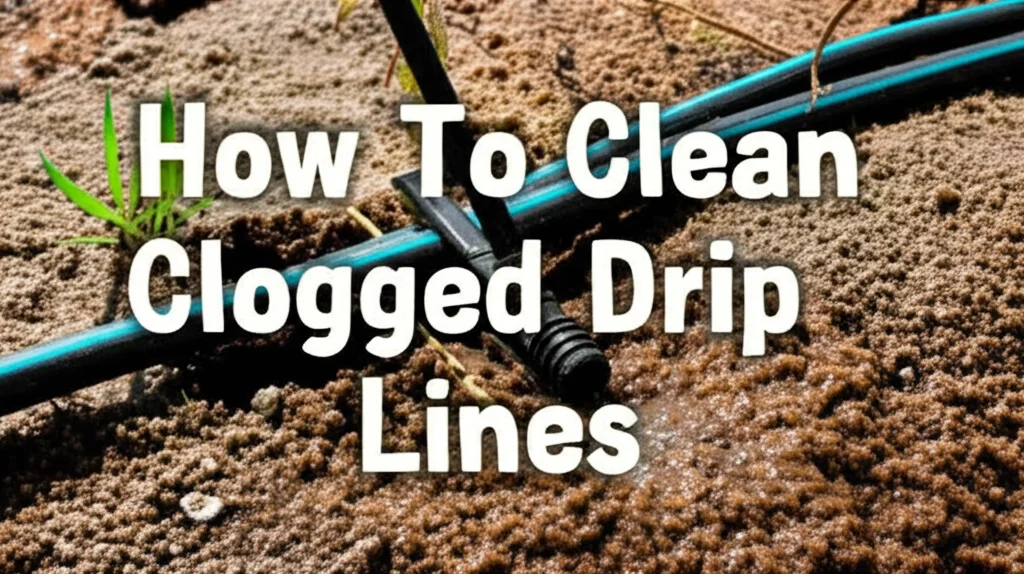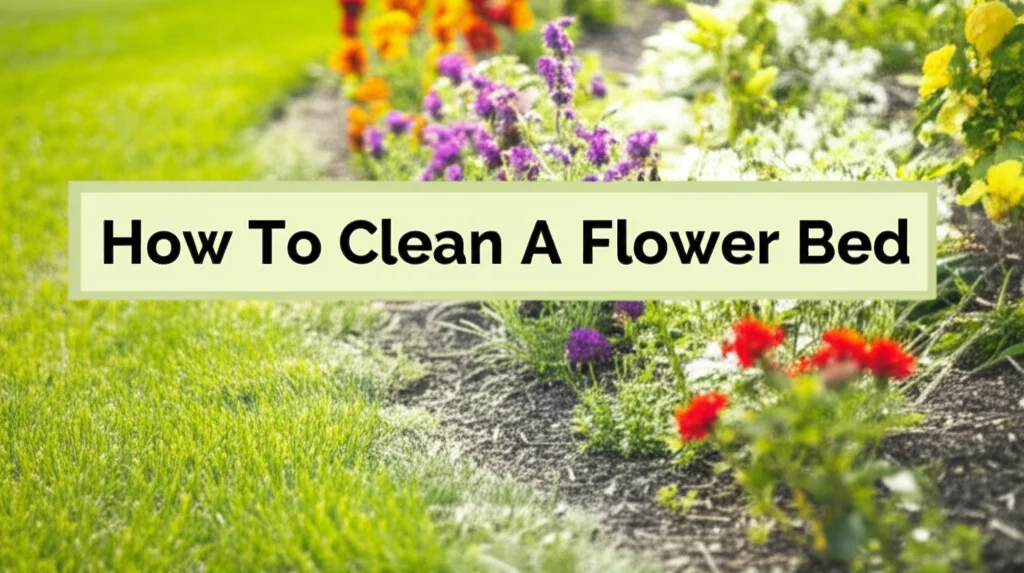· Gardening · 6 min read
How To Clean Clogged Drip Lines

Stop the Drip: How To Clean Clogged Drip Lines
Is your drip irrigation system more drip…nothing? Clogged drip lines are a common headache for gardeners, preventing your plants from getting the water they need. Don’t worry, you don’t need to call a professional! This article will walk you through several effective methods to clean clogged drip lines, restoring your system to peak performance. We’ll cover everything from simple flushing techniques to more involved disassembly and cleaning. Keeping your drip system clear ensures efficient watering, healthy plants, and saves you water – and money. Let’s get started and get your garden thriving again.
Takeaway:
- Regularly flush your drip lines to prevent buildup.
- Disassemble and clean emitters if flushing isn’t enough.
- Use filters to catch debris before it enters the system.
- Consider a system cleaner for stubborn clogs.
What causes drip lines to clog?
Drip lines clog when mineral deposits, algae, or debris build up inside the tubing and emitters.
Understanding Your Drip Irrigation System
Before diving into cleaning, it’s helpful to understand the components of a typical drip irrigation system. Knowing how everything connects will make troubleshooting and cleaning much easier. A basic system includes a backflow preventer, filter, pressure regulator, main supply tubing, and smaller drip lines with emitters. Emitters are the small devices that release water slowly directly to the plant roots.
Different types of emitters exist, including pressure-compensating and adjustable emitters. Pressure-compensating emitters deliver a consistent flow rate regardless of water pressure fluctuations. Adjustable emitters allow you to control the amount of water each plant receives. Understanding your system’s specific components will help you identify where clogs are likely to occur. Regular inspection of these parts is key to preventing major issues. A well-maintained system is a happy system!
Flushing Your Drip Lines: The First Line of Defense
Flushing your drip lines is the simplest and often most effective way to remove minor clogs. This involves running water through the system at a higher pressure to dislodge debris. Start by turning off your water supply. Then, remove the end caps from your drip lines.
Next, turn on the water supply slowly, gradually increasing the pressure. Allow the water to run for several minutes, observing the flow from each emitter. You should see a steady stream of water. If some emitters are still clogged, you can try gently poking them with a small wire or needle. Be careful not to damage the emitters. Flushing should be a regular part of your garden maintenance routine, ideally at the beginning and end of each growing season.
Deep Cleaning Emitters: When Flushing Isn’t Enough
Sometimes, flushing isn’t enough to clear stubborn clogs. In these cases, you’ll need to disassemble and clean the emitters individually. This is a bit more time-consuming, but it can significantly improve your system’s performance.
First, turn off the water supply and disconnect the emitters from the drip lines. Most emitters can be easily pulled or unscrewed. Next, soak the emitters in a solution of white vinegar and water (a 1:1 ratio) for at least 30 minutes. Vinegar helps dissolve mineral deposits. After soaking, use a small brush or toothpick to gently scrub away any remaining debris. Rinse the emitters thoroughly with clean water before reassembling the system. Replacing severely clogged or damaged emitters is often more efficient than trying to clean them.
Dealing with Different Emitter Types
Different emitter types may require slightly different cleaning methods. Pressure-compensating emitters often have small screens or filters inside that can become clogged. Be sure to carefully remove and clean these screens. Adjustable emitters may have more intricate parts, so handle them with extra care. Always refer to the manufacturer’s instructions for specific cleaning recommendations.
Using a Drip Line Cleaning Tool
For more persistent clogs, consider using a drip line cleaning tool. These tools are specifically designed to snake through drip lines and remove debris. They typically consist of a flexible cable with a brush or auger on the end.
Insert the cleaning tool into the drip line and gently push it through, rotating it as you go. The brush or auger will dislodge any clogs it encounters. Be careful not to force the tool, as this could damage the tubing. After using the cleaning tool, flush the drip lines thoroughly to remove any remaining debris. These tools are a great investment for gardeners who frequently deal with clogged drip lines.
Preventing Future Clogs: Filters and System Cleaners
Prevention is always better than cure! Installing a good quality filter is the best way to prevent clogs from forming in the first place. Filters remove sediment, algae, and other debris from the water before it enters the drip lines.
Regularly clean or replace the filter according to the manufacturer’s instructions. In addition to filters, you can also use a drip system cleaner. These cleaners contain chemicals that dissolve mineral deposits and prevent algae growth. Follow the product instructions carefully when using a system cleaner. A proactive approach to maintenance will save you time and effort in the long run.
Choosing the Right Filter
Several types of filters are available for drip irrigation systems, including screen filters, disc filters, and media filters. Screen filters are the most basic and affordable option, but they may not be effective at removing very fine particles. Disc filters offer better filtration and are less prone to clogging. Media filters provide the highest level of filtration but are also the most expensive. Choose a filter that is appropriate for the quality of your water source.
FAQ: Common Questions About Clogged Drip Lines
Q: How often should I flush my drip lines? A: You should flush your drip lines at least twice a year – once at the beginning of the growing season and once at the end. More frequent flushing may be necessary if you have hard water or a lot of sediment in your water source.
Q: Can I use bleach to clean my drip lines? A: While bleach can kill algae, it can also damage the drip lines and harm your plants. It’s best to use vinegar or a commercially available drip system cleaner.
Q: What if my filter keeps clogging? A: If your filter is clogging frequently, it may indicate a problem with your water source. Consider installing a pre-filter to remove larger debris before it reaches the main filter.
Q: How can I tell if my emitters are clogged? A: Clogged emitters will have a reduced flow rate or no flow at all. Inspect each emitter individually to identify any that are not functioning properly.
Reclaim Your Garden: Keeping Drip Lines Clear
Cleaning clogged drip lines doesn’t have to be a daunting task. By following the steps outlined in this guide, you can restore your irrigation system to optimal performance and ensure your plants receive the water they need to thrive. Remember, regular maintenance, including flushing, cleaning emitters, and using filters, is key to preventing future clogs. Don’t let clogged drip lines steal the joy from your gardening experience. Take control, clean those lines, and enjoy a lush, healthy garden!




